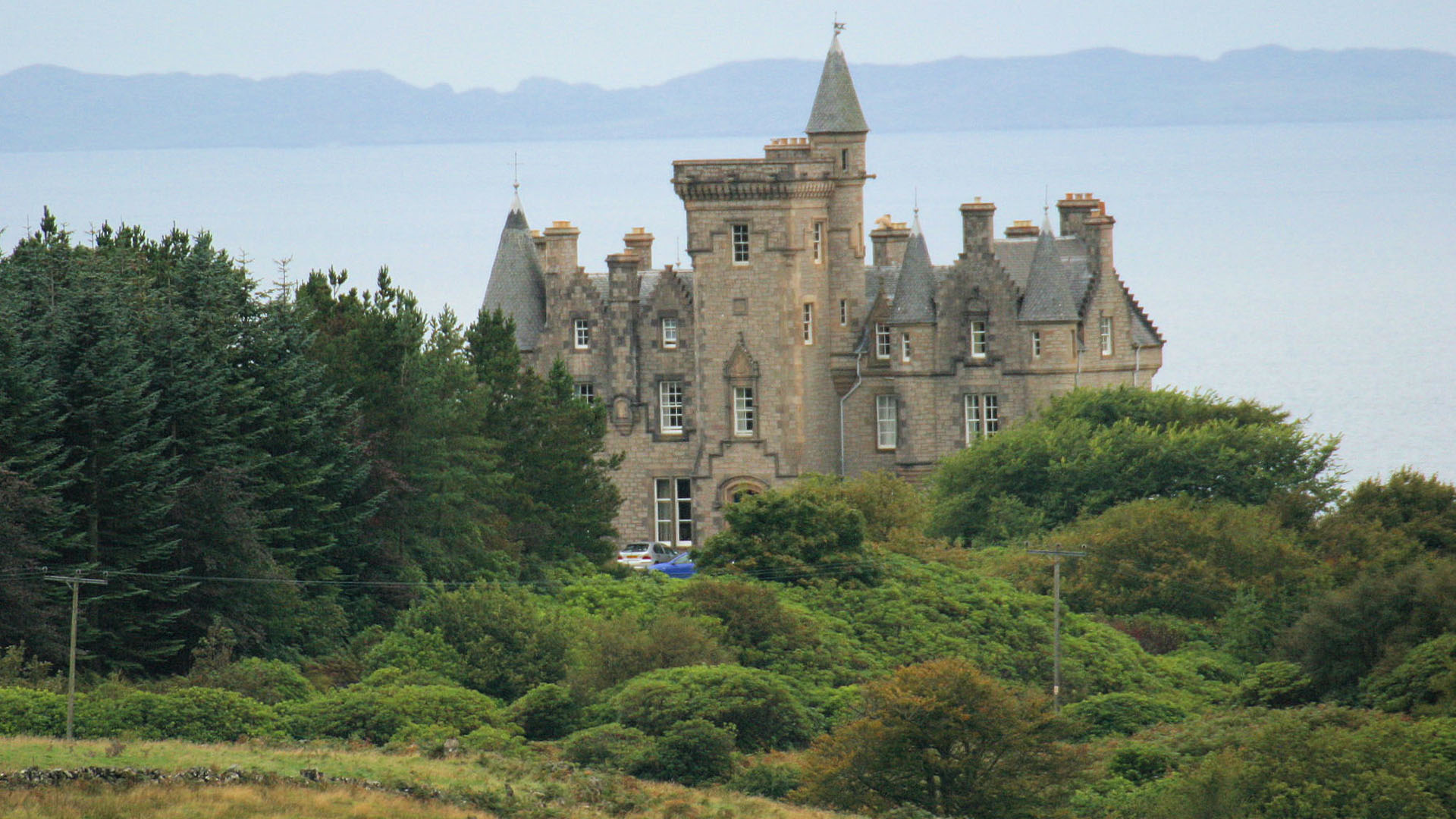
Perched dramatically on the northern tip of the Isle of Mull, Glengorm Castle stands as a captivating landmark, offering sweeping views of the Atlantic Ocean and the distant Outer Hebrides. Unlike Scotland’s ancient fortresses, Glengorm is a relatively modern structure, a 19th-century country house that, despite its castellated appearance, tells a unique story deeply intertwined with a transformative and often painful era in Scottish history.
The Controversial Birth of a Castle (1856-1863)
The very foundations of Glengorm Castle are steeped in controversy, reflecting the stark social divisions of its time. Its genesis is inextricably linked to the Highland Clearances, a period of forced evictions that dramatically reshaped the Scottish landscape and society.
The expansive Mishnish estate, where Glengorm now stands, was acquired in 1856 by James Forsyth. Accounts suggest Forsyth, a man of considerable wealth, possibly from Jamaican plantations or ventures in India, was determined to transform the land. His methods, however, earned him a reputation as an “unkind man” and a “hated figure” among locals. To create an estate suitable for stalking, hunting, and fishing, and to make way for his grand new residence, Forsyth systematically cleared the existing township of Sorne. This involved evicting tenant farmers and crofters through “bullying and concerted pressure,” tragically including the burning of their homes. Many of the displaced were forced to seek work in Tobermory.
The name “Glengorm,” meaning “blue valley” or “blue glen” in Gaelic, carries a poignant irony. It was suggested to Forsyth by an evicted tenant or local woman, with the “blue” directly referencing the “smokey bluish color produced by the burning of the tenants’ homes.” Forsyth reportedly found the name appealing, “but didn’t grasp the irony.” This enduring name serves as a subtle yet powerful memorial to the human cost of the Clearances, embedding the trauma of eviction into the estate’s very identity.
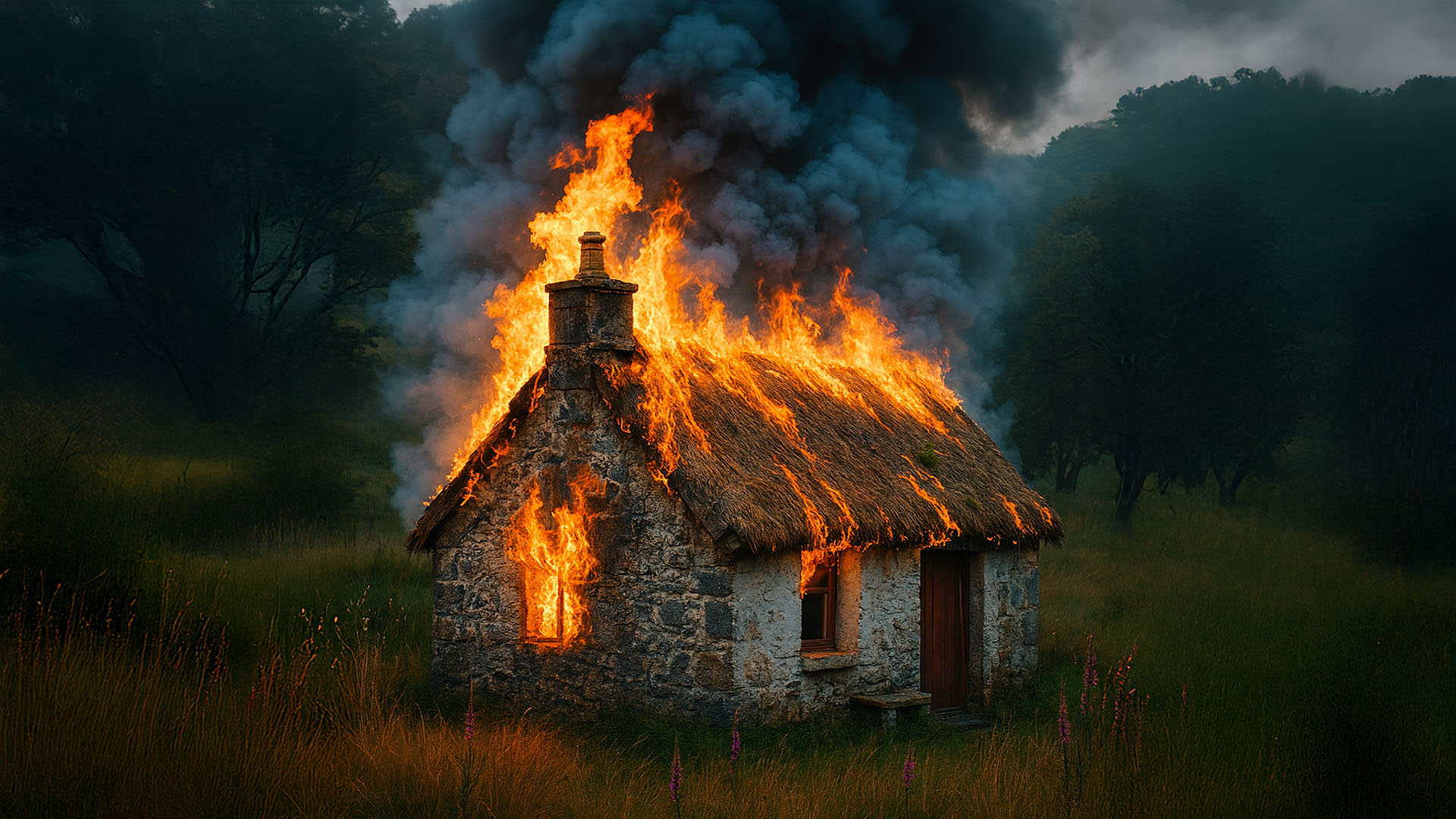
Construction of Glengorm Castle began in 1860. Designed in the fashionable Scots Baronial style by Edinburgh architects Kinnear and Peddie, it was intended as a grand statement. Intriguingly, its outer walls are adorned with biblical quotes, and the entrance features a knotted rope symbol alongside an extract from Psalm 127: “Except the Lord build the house, they labour in vain that build it.” This inscription stands in stark contradiction to the destructive means by which the estate was consolidated.
A persistent local legend claims an evicted tenant cursed Forsyth, prophesying he would not live to see his castle completed or spend a single night within its walls. This prophecy proved accurate: in 1863, just before completion, James Forsyth was tragically killed in a riding accident. His 18-year-old son, James Noel Müller-Forsyth, inherited the property and oversaw the final stages of construction.
A Century of Changing Hands (1863-1969)
Following its controversial start, Glengorm Castle entered a century marked by a succession of owners and periods of varied stewardship.
Upon James Forsyth’s death in 1863, his son, James Noel Müller-Forsyth, inherited the property. James Noel continued developing the estate, including constructing steadings at Quinish and enlarging Quinish House. He even collaborated with a future owner, Frederick Morgan, to improve fishing by creating Loch Torr. However, the castle did not remain in the Forsyth family long. In 1874, James Noel sold Glengorm to William Lang, a prominent Clyde shipyard owner, who held it for 13 years until his death in 1887. The estate then passed to James Cowan, a paper manufacturer, for eight years.
Frederick Morgan purchased Glengorm in 1895, residing there until his death in 1910. After Morgan, the renowned shipbuilding Lithgow family acquired the castle, with Margaret Lithgow making it her home until her passing in 1938.
Following 1938, the castle entered a period of considerable neglect. It lay empty for an extended duration, changing hands twice more, and progressively fell into disrepair. This decline, spanning over two decades, highlights the vulnerability of large, privately owned historic properties to economic hardship or social upheaval.
A crucial turning point occurred in 1962 when John Brockbank Carr acquired the castle. Recognizing its potential, Carr initiated significant renovations, including the vital modernization of installing mains electricity. His intervention was critical in preventing further decay and laid the groundwork for the castle’s future viability.
The Nelson Era: Modern Stewardship and Adaptation (1969-Present)
The acquisition of Glengorm Castle by the Nelson family marked a transformative period, shifting its purpose from a series of private residences to a dynamic, diversified estate that balances heritage preservation with modern economic viability.
In 1969 or 1970, the Nelson family purchased Glengorm. Raymond Nelson, the patriarch, made a deliberate decision to transition from a successful army career to farming on Mull, indicating a clear and intentional shift towards active agricultural management. The current owners, Tom and Marjorie Nelson, grew up on the estate, demonstrating a deep, generational connection to the property. Tom’s mother, Janet Nelson, played a crucial role in establishing the bed and breakfast business within the castle, laying the foundation for its future as a hospitality venue. This long-term stewardship by the Nelson family stands in stark contrast to the frequent changes in ownership seen in the preceding century.
Under the Nelsons’ guidance, Glengorm has evolved into a multifaceted enterprise. It continues to operate as a working farm, raising sheep and Highland cattle with the help of Border Collies. The castle itself, which initially served as a family home with self-catering flats and cottages, underwent a significant transformation, becoming a successful bed and breakfast, guest house, and wedding venue. The estate now offers a variety of self-catering accommodations, including cottages, a Terrace flat, Tower rooms, and the West wing. A coffee shop and farm shop, open seasonally, provide fresh produce from the estate’s extensive garden and local products like venison pie. This diversification strategy reflects a modern approach to managing historic properties, ensuring their sustainability by integrating tourism and agriculture.
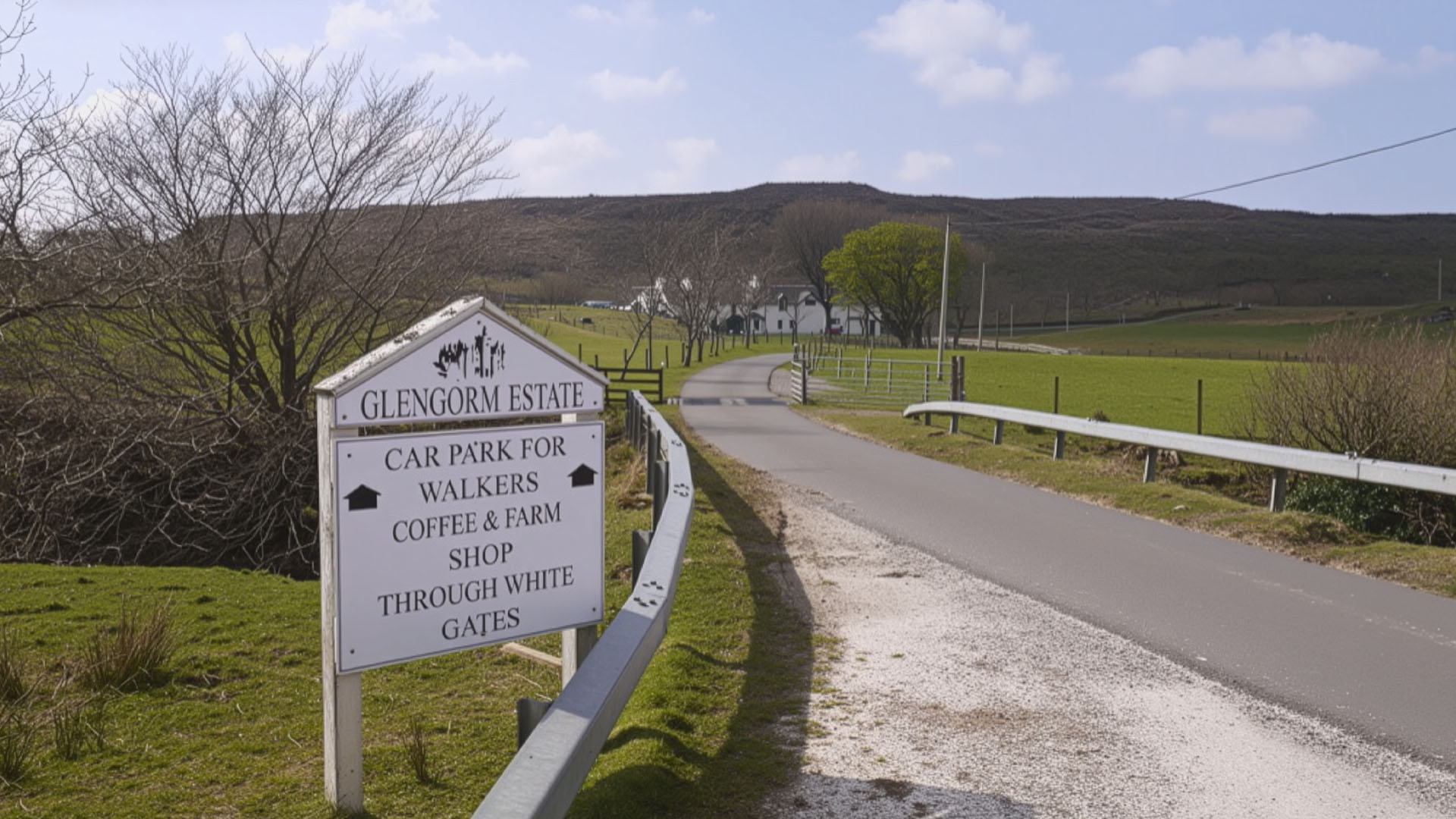
The Glengorm estate demonstrates continuous adaptation. For example, the COVID-19 pandemic prompted operational adjustments, leading to the decision to close the main castle’s bed and breakfast business from November 2022, with a renewed focus on self-catering accommodation. Renovations also extend to other historic buildings. The Shepherd’s Bothy, which had a history as a shepherd’s house and later as a gas works for the castle, had fallen into disrepair. It has since been meticulously renovated and converted into holiday accommodation, highlighting the family’s commitment to revitalizing the estate’s entire infrastructure. This project involved stabilizing and rebuilding parts of the walls, excavating banking to prevent dampness, and reconfiguring internal spaces to create a cozy cottage with an open-plan living area and mezzanine bedroom.
Architectural Grandeur and Historic Landscape
Glengorm Castle’s physical presence is defined by its distinctive architectural style, while its surrounding estate is rich with historical and natural features that narrate a layered history of human interaction with the landscape.
Glengorm Castle stands as a prime example of the Scots Baronial style, a 19th-century architectural movement drawing inspiration from Scottish baronial castles and towers. Its design features a castellated mansion appearance, complete with a “flourish of towers and turrets,” intricate ornate stonework, and characteristic corbie-step gables. The structure is primarily a two-storey and garret building, constructed with coursed stone and topped with traditional slated roofs. Specific architectural details include angle turrets and a prominent square tower. As previously mentioned, the outer walls are notably adorned with biblical quotes, and the main entrance features the symbol of a knotted rope alongside an extract from Psalm 127. The castle’s architectural and historical significance is formally recognized by its status as a Category B listed building.
The Glengorm estate is an expansive and diverse landscape, encompassing a significant area of coastline, forestry, lochs, and hills. This natural beauty is complemented by a wealth of historical features:
- Dun Ara: One of the popular walks leads to the old fort of Dun Ara Castle, an ancient hill fort strategically positioned overlooking the coast. This site provides evidence of much earlier human habitation.
- Standing Stones: The landscape also features ancient standing stones located to the west of the castle, accessible via the Dun Ara path. These megalithic structures indicate prehistoric activity.
- Tenant Cottage Ruins: Walks through Sorne Forest offer a poignant glimpse into the recent past, revealing the ruins of tenant cottages. These remnants serve as a stark reminder of the community displaced by James Forsyth during the castle’s construction.
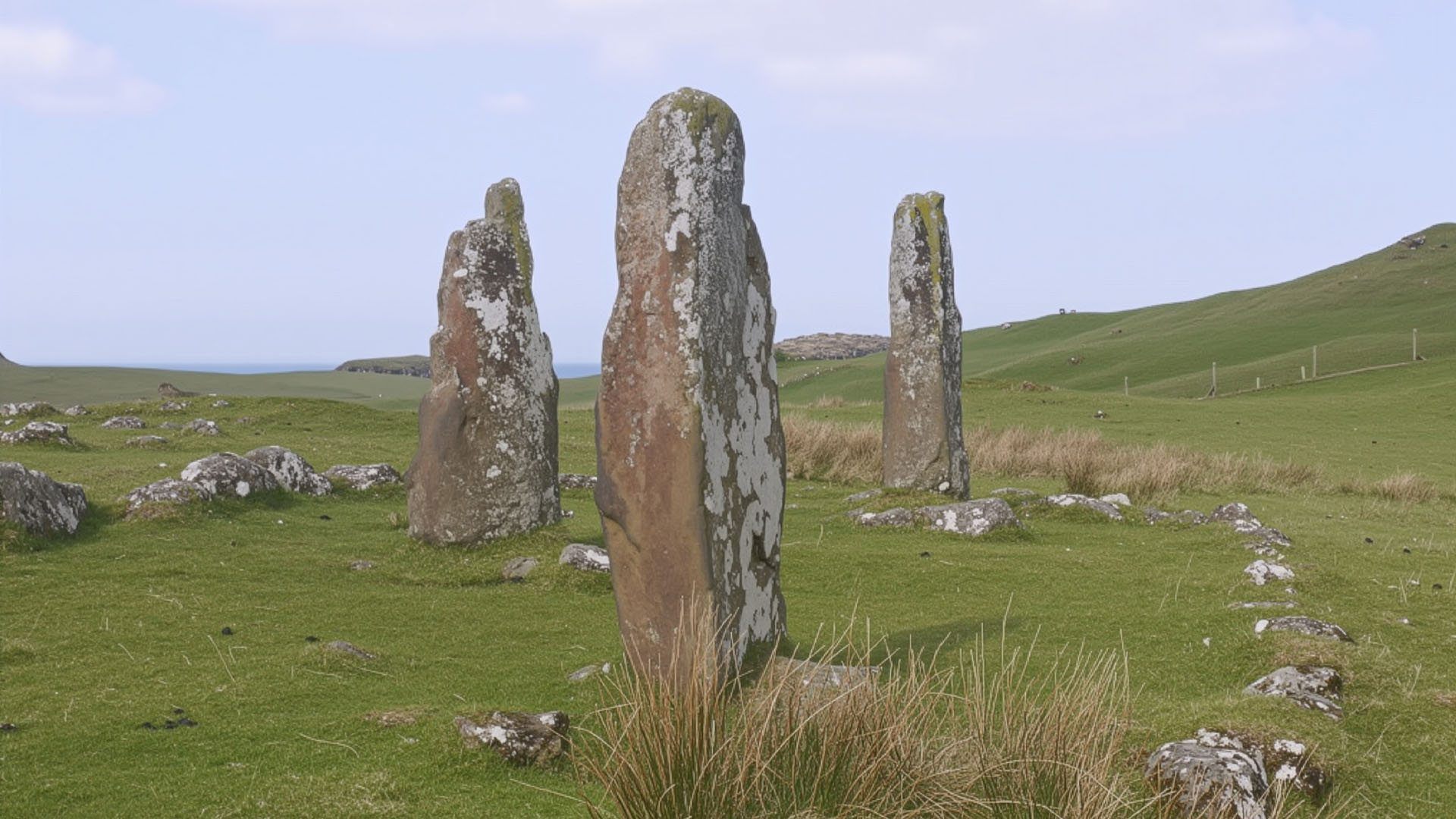
The estate is renowned for its dramatic scenery, tranquility, and natural beauty. It supports a diverse array of wildlife, including majestic eagles, stags, curlews, and hen harriers. Furthermore, the estate actively manages its land in ways that support red-listed species like Song Thrushes, demonstrating a commitment to ecological stewardship.
Beyond its initial construction, Glengorm Castle and its ancillary buildings have undergone various modifications and restorations. A significant early modernization was the installation of mains electricity by John Brockbank Carr in 1962, a crucial upgrade for the property. More recently, the Nelson family has undertaken substantial renovation projects, such as the meticulous conversion of the Shepherd’s Bothy into holiday accommodation. The ongoing preservation of the castle’s fabric is also evident in continuous maintenance efforts, like Marjorie Nelson’s extensive six-week project in 2020 to repaint 96 windows. The estate also continues to develop new residential projects within its grounds, further indicating its dynamic and evolving nature.
Glengorm Castle’s Enduring Legacy
Glengorm Castle stands as a compelling testament to the dynamic and often complex history of land ownership and social change in Scotland. From its controversial beginnings to its present-day role as a vibrant, working estate, its narrative is one of transformation and resilience.
The journey of Glengorm Castle began in 1860 under James Forsyth, a period indelibly marked by the contentious Highland Clearances and the profound, ironic symbolism embedded in its very name. The subsequent century saw the castle pass through a varied succession of owners, punctuated by periods of instability and even neglect. The pivotal moment arrived with the acquisition by the Nelson family in 1969/1970. Their long-term stewardship has been instrumental in transforming Glengorm into a sustainable, diversified enterprise, adeptly balancing its agricultural operations with a thriving hospitality business.
Glengorm Castle, while a 19th-century country house rather than a medieval fortress, holds significant historical value. It serves as a tangible and poignant link to the Highland Clearances, embodying the profound impact of this period on the Scottish landscape and its communities. The persistent local narratives, such as the legendary curse associated with Forsyth’s demise and the ironic origin of the castle’s name, are integral components of its historical identity.
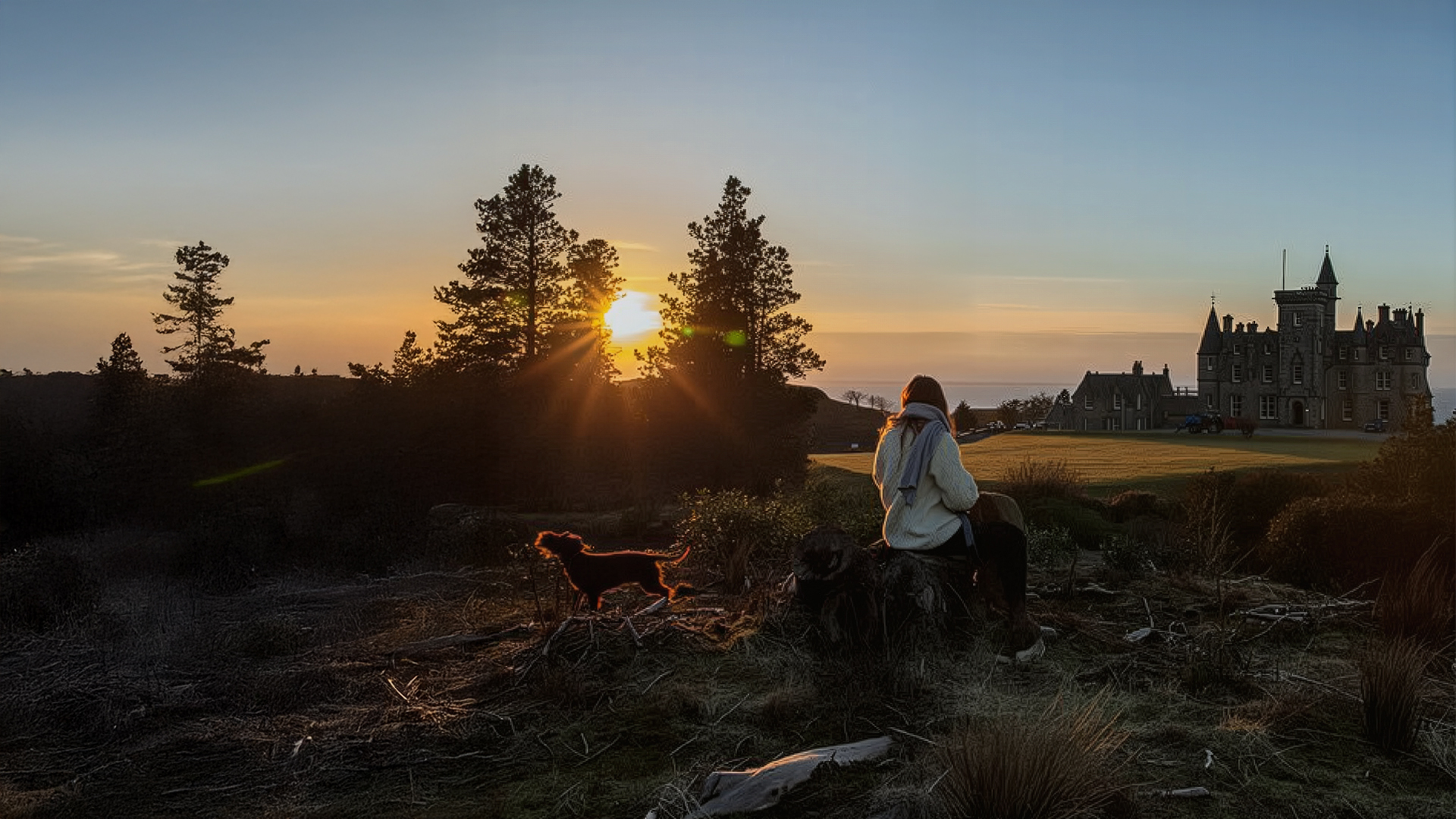
Today, Glengorm’s role extends beyond mere architectural preservation. It functions as an active estate that not only safeguards its architectural heritage but also contributes significantly to the local economy and environment. By offering visitors a unique blend of history, nature, and modern Scottish life, Glengorm Castle exemplifies a broader trend in Scotland where historic estates adapt to new economic models, balancing heritage with commercial ventures. Its history thus serves as a powerful case study for understanding the complex interplay of land, people, power, and adaptation that has shaped Scotland over the last two centuries.

